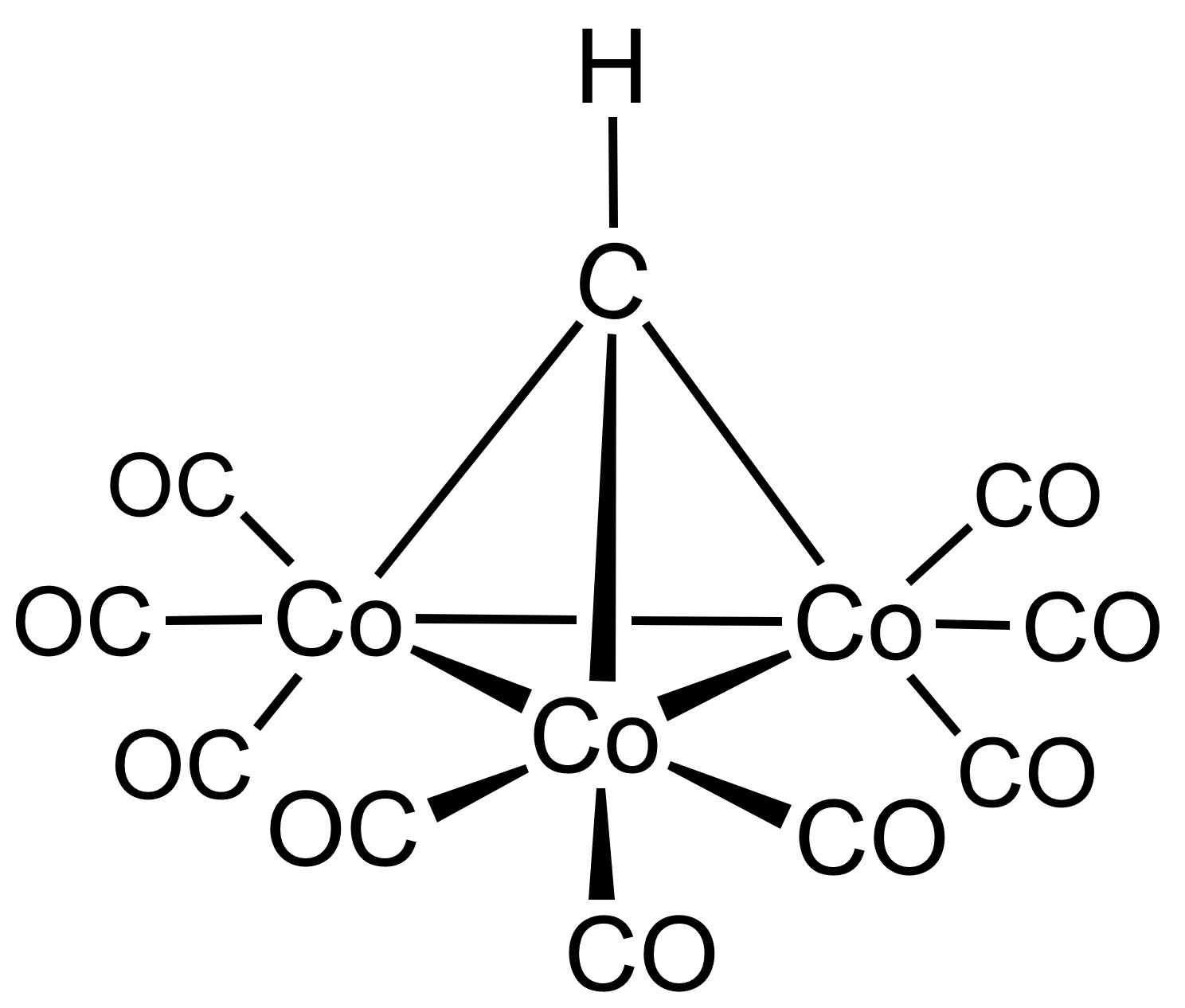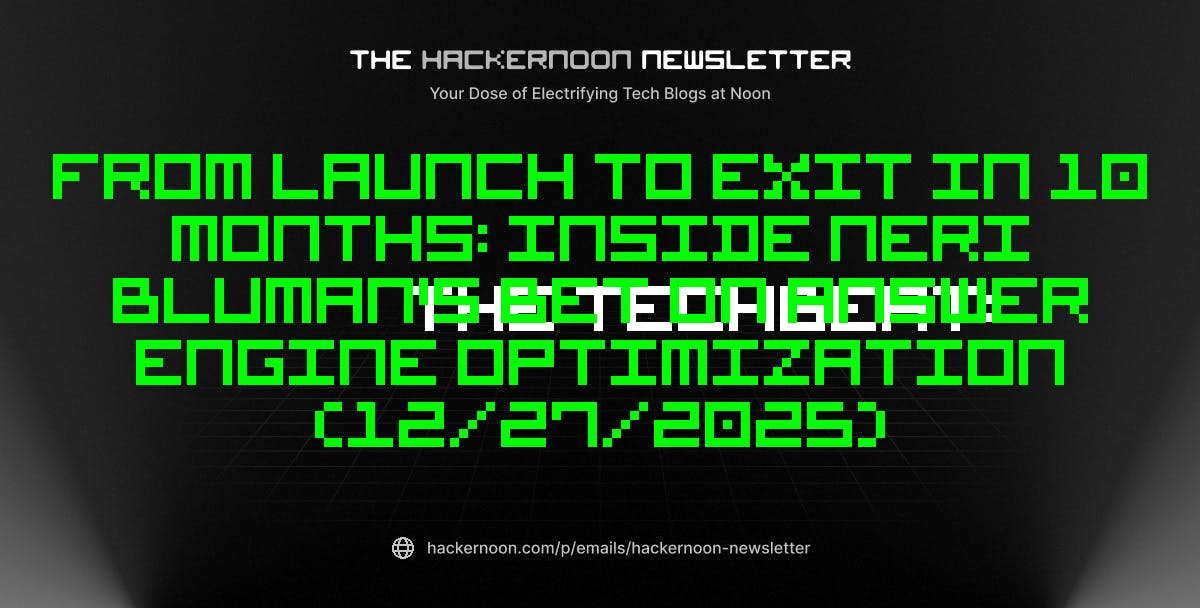The Haber–Bosch process looks pretty simple:
The idea is, with enough energy, we can turn nitrogen and hydrogen into ammonia. Our plants need ammonia to grow. Without the Haber-Bosch process, we wouldn’t have enough fertilizers to feed 8 billion people on this planet. This invention of this process was probably the largest game-changer that happened to humanity in the 20th century. The implementation of this process, the very fact that we do produce enough fertilizers to feed almost 8 billion people, is a miracle.
Nitrogen and hydrogen are abundant in the atmosphere; we just need enough energy to source them. And also enough energy to start the reaction. You see, it’s all about energy.
Now here is another formula. It explains the Fischer–Tropsch process that does something different.

The compounds on the left are hydrogen and carbon monoxide. We have hydrogen, oxygen, and carbon in the atmosphere. The ones on the right are fuel and water. Well, hydrocarbon and water to be precise, but yes. The gas you pour into your car is mostly hydrocarbons. The only major difference is that “natural” fuels have impurities such as sulfur and nitrogen, which, when burning, produce pollutants.
So what am I saying, with the Fischer–Tropsch process we can capture carbon from the atmosphere, and turn it into a clean-burning fuel. So we can both reverse climate change and keep our cars, too. Doesn’t it sound awesome?! Why don’t we do this already? What’s the catch?
Energy. The catch is always energy. Capturing carbon from the atmosphere needs so much energy that the electrofuel you could use in your car currently costs roughly 30 times more than gasoline.
Technologically, energy production is a solved problem. When the first nuclear power plants came into action, General Electric was going to close its power meter line. They thought the energy would be so cheap, it would be more economical to switch to the subscription model and not bother with measuring electricity at all.
Nuclear fission is still the most reliable, safe, and cheap way to source energy. Wind and solar come close in safety and current cost, but not the reliability. You can’t turn on the clouds when there is oversupply, and you can’t turn on the wind when you need more power.
The biggest problem with nuclear energy is that it’s only allowed to exist in the form of large power plants. There were pretty good reasons for it in the past, when you wanted to keep everything under government control because the most important byproduct of early nuclear plants was weapon-grade plutonium. Then there is safety. It’s easier to keep an eye on one large reactor rather than a hundred small ones, especially when you use graphite as a moderator, it burns, or water as coolant, the water steam explodes. The Chernobyl reactor, for instance, had both graphite moderation and water cooling.
Modern designs address these issues properly. For instance, thorium reactors don’t need graphite for moderation, and liquid salt coolants don’t explode. And you can’t get plutonium out of thorium; the latter has a lower atomic number. So even if terrorists decide to destroy your reactor, worst-case scenario, you’ll have a core meltdown. You lose the reactor, but there is no explosion, no fire, the core just melts until there is energy left, and then solidifies into a sealed container of nuclear waste.
Speaking of waste, it is true that nuclear waste remains radioactive forever, but so is the uranium ore we extract from the Earth’s core. Shoving the nuclear fuel that worked its life back to where it came from is not a crazy idea after all.
Unfortunately, large, exclusively designed projects don’t enjoy the benefit of the scale effect. With this business model, we’re vastly overpaying for the safety and security concerns that are not really concerns anymore. There are prototypes of modern small modular reactors that are cheaper, safer, and more reliable than the nuclear power plants we have now, and they are not going anywhere because nuclear power is a political issue, and the fossil fuel lobby is much more powerful than a bunch of penniless professors and engineers.
And that’s where the AI bubble comes to play. OpenAI’s current valuation is $500 billion. And there is also Meta, Alphabet, NVidia that, of course, also profit from the AI hype, and they are evaluated at roughly $1.7, $3, and $4.4, respectively. They all need a huge amount of cheap, dependable energy, and they need it fast.
To put things into perspective, the market capitalization of the largest oil company, Saudi Aramco, is “only” $1.6 trillion.
The ideal scenario, as I see it, is like this. The AI guys buy more politicians than the oil guys, the Nuclear Regulatory Commission gives a green light to the small modular reactors. Then the AI guys build a shedton of them. Then the bubble bursts. Nobody wants that much energy anymore. Then we can have carbon capture, clean fuel, and enough food to end world hunger, too. Energy would be so cheap, any nuclear plant would have its own carbon capture device just to turn excess power nobody wants into electrofuel they can store and sell.
We can’t solve global challenges with knowledge and goodwill. I mean… look around. Perhaps ignorance and greed will help.










